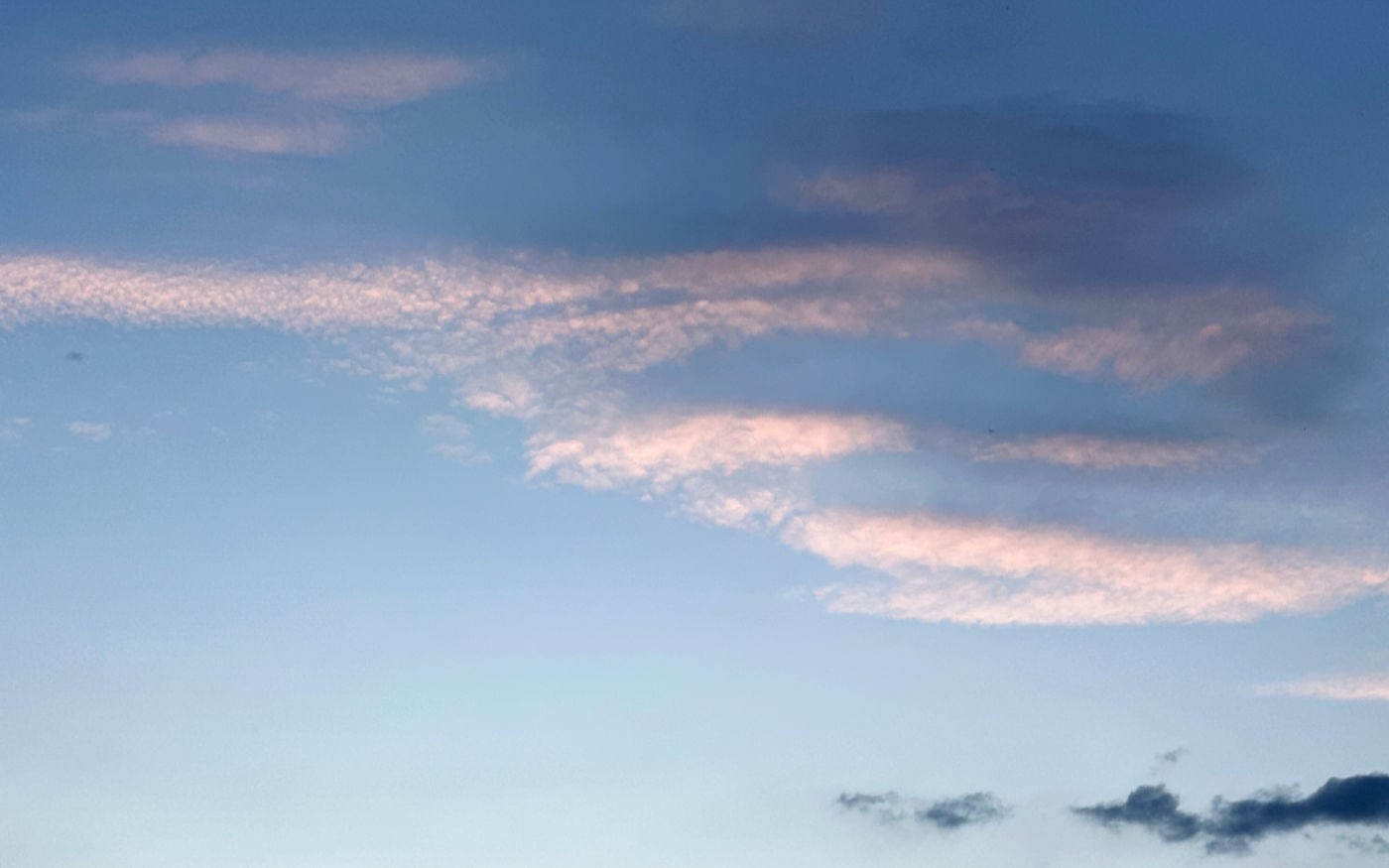The "Four Illustrations of Jhāna" Text
This unit of text is a fragment incorporated into a number of the early Buddhist discourses. Wherever it is found, it's always appended to the four sentences in the "Four Stages of Jhana" text. For example, of the twenty-six discourse of the Majjhima Nikāya which include the "Four Stages of Jhāna" Text, three add these illustrations to supplement that text. This suggests that it was also composed at an early stage in the composition of the discourses, though perhaps less early than the "Four Stages" text, or at least that it was less well-known.
Both texts are quoted below just as they are found when they appear together in the discourses, but the "Four Illustrations" text is in bold type here to make clear the distinction between the two units of text.
Truly separating oneself from sensory pleasures and from harmful qualities of mind, one attains and practises the first stage of jhāna, that is, an enhanced body-sensitivity and well-being (pīti-sukha), born of seclusion and accompanied by intention and attention.
It is like a skilful bath attendant or his apprentice, having heaped bathing powder in a bronze bowl and sprinkled it with water, he kneads it into a bathing ball filled, flooded, drenched and saturated by liquid within and without, yet not dripping.
Just so, a meditator fills, floods, drenches and saturates this very body with an enhanced sensitivity and well-being born of seclusion, so that no part of one's entire body is untouched with this pleasure.
From the cessation of intention and attention, one attains and practises the second stage of jhāna, that is, an enhanced body-sensitivity and well-being (pīti-sukha), born of samādhi (an inner tranquility of mind, a state of integration), without intention or attention.
It is like a deep pool of water having no inflow from the east, the west, the north, or the south, and on which the gods bestow no rain in the season. Now since that pool contains cool water which has sprung up, such a pool would be filled, flooded, drenched and saturated with cool water, so that no part of that pool would not be pervaded with cool water.
Just so, a meditator fills, floods, drenches and saturates this very body with an enhanced sensitivity and well-being born of samādhi, so that no part of one's entire body is untouched with this pleasure.
From the fading of the enhanced body-sensitivity and by dwelling with equanimity, mindfully aware and attentive, one enters and maintains the third stage of meditation, of which the noble ones declare, "One dwells pleasantly, with equanimity and mindful awareness", experiencing well-being through the body.
It is like in a pond of blue water-lilies, pink lotuses, or white lotuses. A few of the plants are born in water, have grown up in water, and are thriving, fully immersed in the water. These, from the tops to the roots are filled, flooded, drenched and saturated with cool water, so that no part of the entire plant would be untouched with cool water.
Just so, a meditator fills, floods, drenches and saturates this very body with a well-being free from enhanced sensitivity, so that no part of one's entire body is untouched with this well-being.
From abandoning well-being and the former abandoning of distress, from the disappearance of joy and grief, one enters and maintains the fourth stage of meditation, a neither-unpleasant-nor-pleasant purity of equanimity and mindful awareness.
It is like a person might sit dressed in white clothing from head to foot, so that no part of their entire body would not be touched with the white clothing.
Just so, a meditator sits having pervaded this very body with a clean and purified heart-and-mind, so that no part of their entire body is not touched with such a mind.

